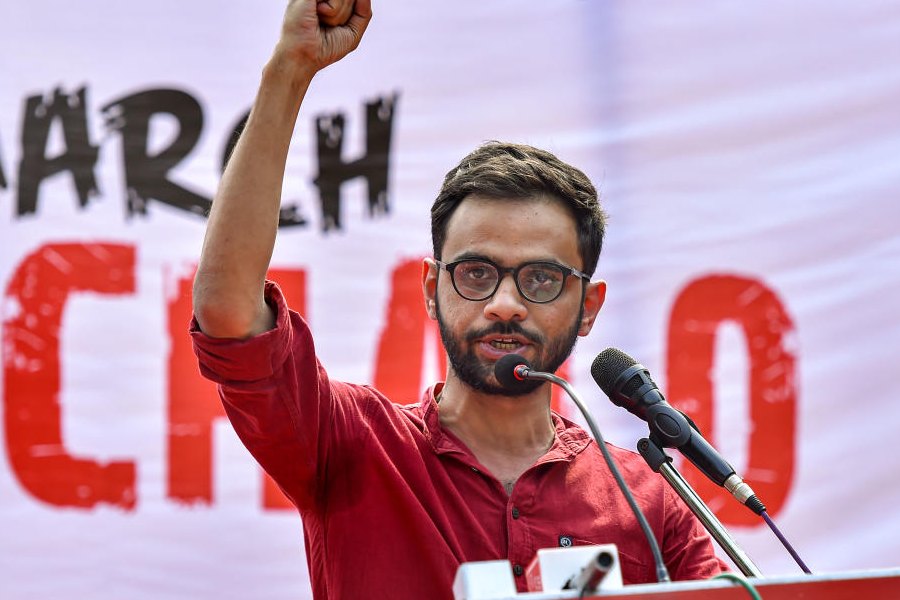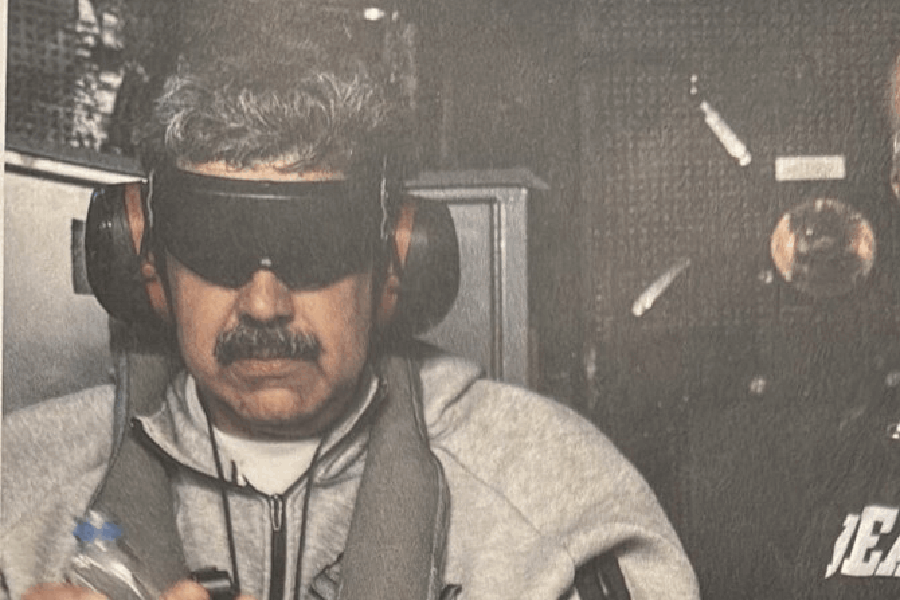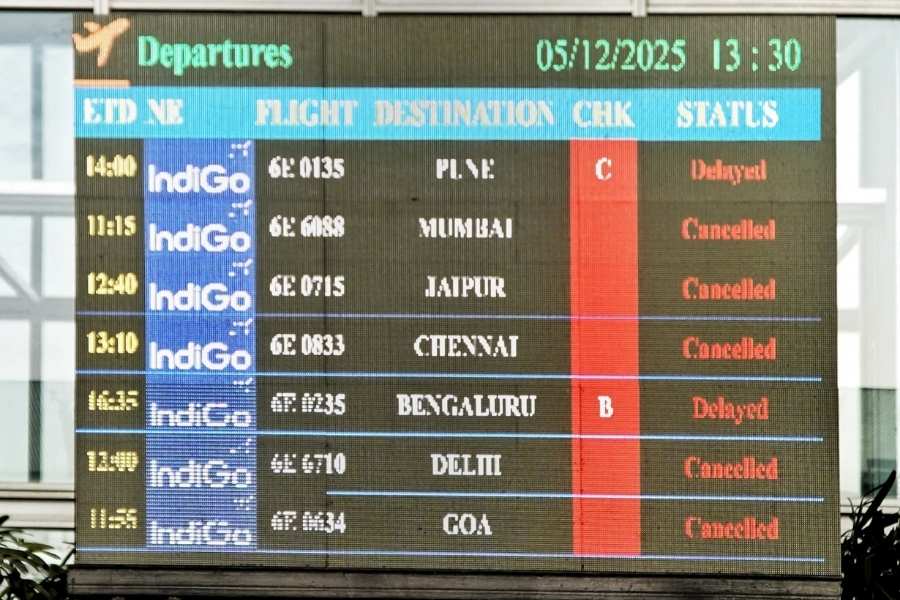 |
| Pic by Sanjoy Chattopadhyay |
The stage was overflowing with music. He came, touched the strings and conquered the hearts of his audience. At a recent programme in G.D. Birla Sabhagar, Amaan Ali Khan proved that an honest effort could remove all the gaps between a connoisseur and a lay person and make Indian classical music appreciable to all in the audience who may have different ideas or tastes.
Amaan commenced with Raga Puriya Dhanashree. He enthralled the audience with his alaap. His skillful fingers touched the keynotes and it seemed that the soul of this charming evening raga was rediscovered. The use of kadi madhyam and komal dhaivat gave a new dimension to this raga. He did not elongate the alaap portion unnecessarily and shifted to gat, avoiding the traditional jor and jhala part. Amaan played a gat in madhyalaya rupak taal, which was undoubtedly the best part of the whole programme. The style of reaching the upper octave through some unusual renditions of the lower and middle octaves was praiseworthy.
Unlike other artists, Amaan avoided the tendency to repeat. He explored himself tactfully in this composition. He surprised the audience with his unpredictable movements in the drut teentaal gat too. He did not put in any extra effort: nor did he slacken. He came out as a calm and emotionally balanced artist, who is becoming more ‘musical’ in the course of time. He was conscious and mature in his vistaars. Even in the jhala, his mastery of and supremacy over the particular raga overwhelmed the listeners. He showed how an artist could exceed himself in spite of being musically controlled.
One of his choices was the popular Raga Desh. Amaan’s aochar in this raga gave the inkling that he was not going to follow the known boundary of the raga’s chalan. Amaan broke the popular form of the movements, and instead of doing maximum vistaars in the middle and upper octaves, he concentrated on the lower and middle octaves. It brought out a different essence of the delightful Desh. The gats of madhyalaya jhamptaal and drut ektaal were beautiful.
Amaan also played Saraswati in ektaal. It was a portrayal of Saraswati derived from Kalyan thaat. He emphasized the Kalyan ang of this raga while playing, while at the same time creating a tuneful ambience with the different renditions of komal re and ni.
Throughout the performance, many enjoyable moments were created with the tabla. The young and talented Satyajit Talwalkar was perfect in tabla accompaniment. Beside Amaan’s grandeur, he was sparkling too and quite able to express his own identity. The coordination of Amaan and Satyajit was best in Kalavati and the ektaal gat of Desh.
Amaan concluded his performance with a brief but astonishing presentation of Charukeshi. The quintessence of these ragas like Saraswati, Kalavati and Charukeshi mainly flourishes in vocal recital. But Amaan brought out their souls through his sarod with utmost spontaneity. With his sarod he created an atmosphere of vocal rendition that bloomed gradually. The vistaars and taans were complicated, yet smooth.
The regular listeners of Amaan’s music are well aware of the fact that he loves to play these ragas in most of his concerts and every time he makes them more interesting than ever before. It seems that Amaan has taken it as a challenge for himself to make his favourite ragas more arresting in each and every performance.
The recent programme was not an exception. The challenge was reflected in his presentation. Smart, cordial and innovative, Amaan is creating a combination of musical dominance with sharp intellect. This programme gave a glimpse of this fact to lovers of Indian classical music.











